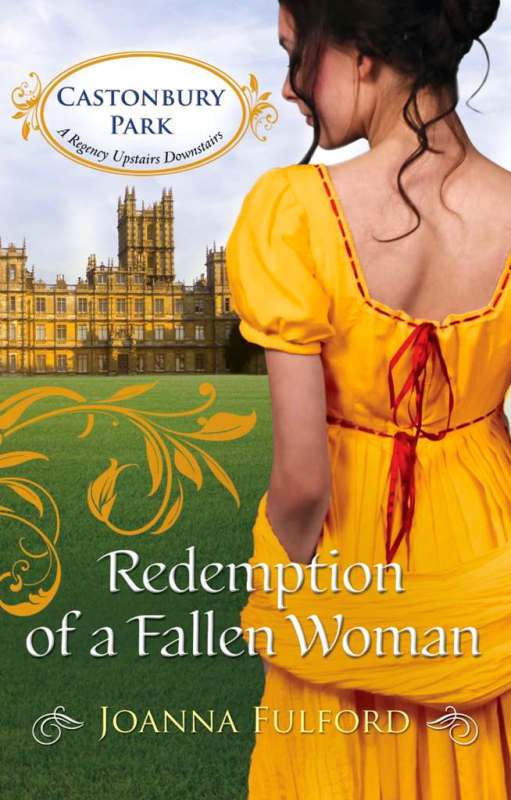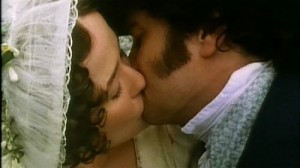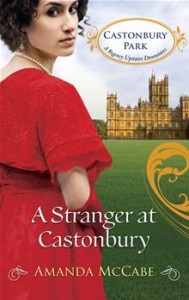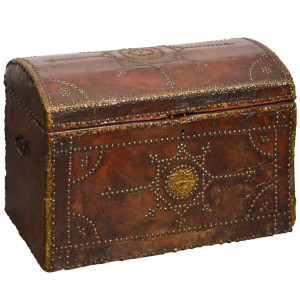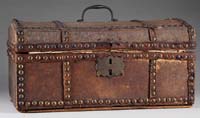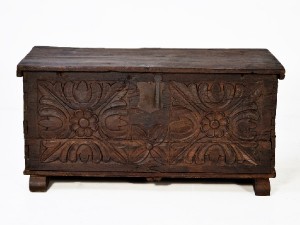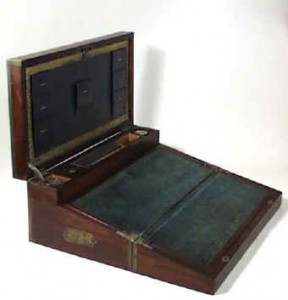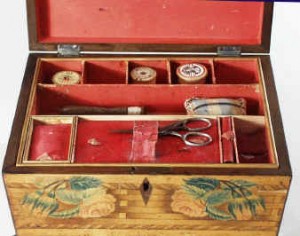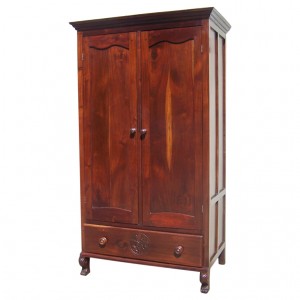(January marks another entry in the Castonbury Park series…Bronwyn Scott’s Unbefitting a Lady! Bronwyn is visiting us this last weekend of the year to talk a little about the research behind the story of the horse-mad Lady Phaedra. Comment for the chance to win a copy!!)
As the Duke of Rothermere’s youngest daughter, Phaedra Montague is expected to be the dutiful darling of elegant society. Too bad, then, that this feisty Lady has swapped her dance cards and silk gowns for racing tips and breeches!
With the arrival of gorgeous groom Bram Basingstoke, Phaedra can’t help but be distracted. He’s as wild and untamed as the stallion he’s training. But Phaedra is supposed to act properly at all times. Even if this dark-haired devil in a billowing white shirt is tempting her to a very improper roll in the hay…
1817, a great year to be a horse!
Giles Worsley writes, “The stable was a setting to showcase the horse, a physical expression of the horse’s importance.” The stables were a world of its own within the estate. The concept of a stable included so much more than just a barn. It included outdoor training ovals (a left over innovation from the mid 1700s), a carriage house or carriage bays, outdoor paddocks, the stable block and the riding house (indoor riding arena, often complete with a viewing gallery). With that in mind, it made sense to set so much of Bram and Phaedra’s story, ‘Unbefitting a Lady,’ in the Castonbury stables. 1817 is an exciting year to be in the stables because many English horse enthusiasts are in the middle of a stable revolution. It’s a great time to be a horse! People are studying and learning how to harness architecture to make stables healthier places. 1790-1830 is a time of great stable modernization. There are lots of renovations being done regarding ventilation and health. Let me share two of those innovations with you; the iron hayrack and the loose box.
The iron hayracks hanging from the walls of the stalls: According to Giles Worsley in his book, “The British Stable,” hayracks were originally nothing more than wooden managers that ran the length of the aisles. These took up a great deal of space. Once iron became more accessible, iron hayracks could be fashioned and mounted in the stalls, freeing up space on the floors and they were more likely to withstand horses chewing on them, unlike the wood mangers. Iron hayracks were definitely starting to be in use in the more serious stables by 1817 and Kedleston, the estate we modeled Castonbury after did indeed use iron hayracks.
Moving towards the loose box : The loose box is the style of stall we’re most familiar with now in our barns. But before this, horses had a three sided stall with the aisle end open and they had to face the wall. Loose box stalls were used only for isolating horses who were ill. But the racing industry around the 1790s began to see the benefits a loose box stall would afford a horse in general. There are some early architectural designs in 1803 and 1810 that start to show the proliferation of loose box stalls for stables at Normanton and Tottenham Parks. By 1816, just a year before Phaedra’s story, the Ashridge stables in Hertfordshire were designed to incorporate a large number of loose boxes and by 1829, the loose box had become the norm. This is a transition that took about thirty years to catch on. Grooms felt leaving the horse loose in a stall caused too many problems.
Other improvements that took place between 1790 and 1830 include ventilation and lighting but we’ll save that for another time.


